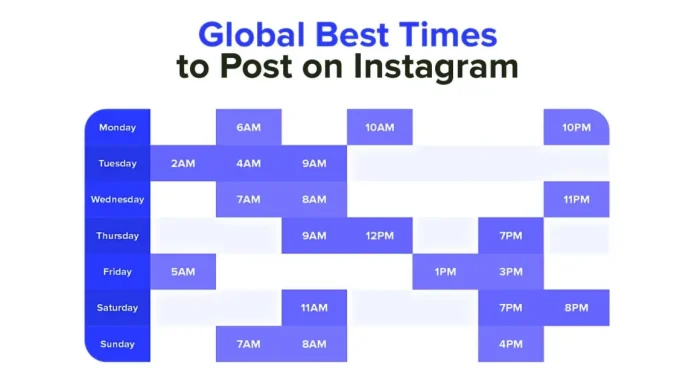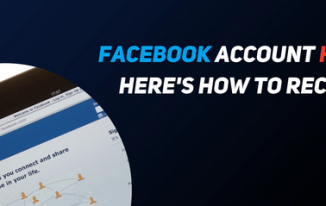In today’s digital age, Instagram has become more than just a platform for sharing photos and videos—it’s a powerful tool for businesses, influencers, and individuals alike to connect with their audience. But with millions of users scrolling through their feeds at any given moment, how can you ensure that your posts get the attention they deserve? The answer lies in understanding the best time to post on Instagram.
What is the Best Time to Post on Instagram?
The best time to post on Instagram can vary depending on various factors, including your target audience’s demographics, location, and behaviors. However, there are some general guidelines that can help you determine the optimal times to share your content for maximum engagement.
Step 1: Know Your Audience
Before you can determine the best time to post on Instagram, you need to understand your audience. Take some time to analyze your followers and gather insights into their demographics, such as age, location, and interests. This information will help you tailor your content and determine when your audience is most active on the platform.
Step 2: Use Instagram Insights
Instagram Insights is a powerful analytics tool that provides valuable data about your audience’s behavior and engagement with your content. By accessing Insights, you can see when your followers are most active on the platform and use this information to guide your posting schedule.
To access Instagram Insights:
Open the Instagram app on your mobile device.
Navigate to your profile and tap the three horizontal lines in the top-right corner.
Select “Insights” from the menu.
Here, you’ll find detailed information about your audience, including their activity times and demographics.
Step 3: Experiment with Posting Times
While Instagram Insights can provide valuable insights into your audience’s behavior, it’s essential to experiment with different posting times to see what works best for your specific audience. Try posting at different times of the day and track the engagement metrics for each post.
Keep in mind that the best time to post on Instagram may vary depending on the day of the week. For example, weekends may have different peak engagement times compared to weekdays. Experimentation is key to finding the optimal posting schedule for your audience.
Step 4: Consider Time Zones
If your audience is spread across different time zones, it’s essential to consider this when determining the best time to post on Instagram. You may need to schedule your posts to accommodate different time zones and ensure that your content reaches your audience when they’re most active.
Step 5: Use Scheduling Tools
Scheduling tools like Buffer, Hootsuite, or Later can be incredibly helpful in planning and automating your Instagram posts. These tools allow you to schedule posts in advance, so you can ensure that your content goes live at the optimal times, even if you’re not available to post manually.
To use scheduling tools:
Sign up for an account with your chosen scheduling tool.
Connect your Instagram account.
Create your posts and schedule them for the desired times.
Sit back and let the scheduling tool take care of the rest!
Step 6: Monitor and Adjust
Once you’ve established a posting schedule based on your audience’s behavior and engagement metrics, it’s essential to monitor your performance regularly and make adjustments as needed. Keep an eye on your Instagram Insights to track changes in your audience’s behavior and adjust your posting times accordingly.
Pros of Knowing the Best Time to Post on Instagram:
Increased Engagement: Posting at the right time can result in higher engagement rates, including likes, comments, and shares, as your content is more likely to be seen by your audience when they’re active on the platform.
Improved Visibility: By strategically timing your posts, you can increase the likelihood of your content appearing on your followers’ feeds when they’re most likely to be scrolling, thus enhancing your visibility and reach.
Better Conversion Rates: When your posts receive higher engagement, it can lead to increased traffic to your website, higher click-through rates on your calls to action, and ultimately, better conversion rates for your products or services.
Enhanced Brand Awareness: Consistently posting at optimal times can help reinforce your brand’s presence on Instagram, making it more memorable to your audience and increasing brand awareness over time.
Competitive Advantage: Knowing the best times to post can give you a competitive edge over other brands or individuals in your niche who may not be as strategic with their posting schedules, helping you stand out in a crowded social media landscape.
Cons of Relying Solely on the Best Time to Post on Instagram:
Overlooking Content Quality: Focusing too much on posting at the “best” times can sometimes lead to neglecting the quality of your content. While timing is important, it’s equally crucial to ensure that your posts are engaging, valuable, and relevant to your audience.
Neglecting Audience Diversity: Relying solely on the best time to post may overlook the diversity of your audience, including those in different time zones or with varying schedules. It’s essential to consider the needs of your entire audience and not just a segment of it.
Missing Spontaneous Opportunities: Strict adherence to a posting schedule based on optimal times may cause you to miss out on spontaneous opportunities or timely content that could resonate with your audience, even if it’s not during peak posting hours.
Algorithm Changes: Instagram’s algorithm is constantly evolving, and what may be the best time to post today may not be the same tomorrow. Relying too heavily on specific posting times may leave you vulnerable to changes in the platform’s algorithm.
Stress and Burnout: Constantly monitoring and optimizing your posting schedule can be time-consuming and stressful, leading to burnout if not managed properly. It’s essential to strike a balance between maximizing engagement and maintaining your mental well-being.
While there’s no one-size-fits-all answer to the question of the best time to post on Instagram, understanding your audience and using data-driven insights can help you determine the optimal posting schedule for your content. By experimenting with different posting times, considering time zones, and using scheduling tools, you can maximize your reach and engagement on the platform. Remember to monitor your performance regularly and adjust your strategy as needed to stay ahead in the ever-changing world of social media.




